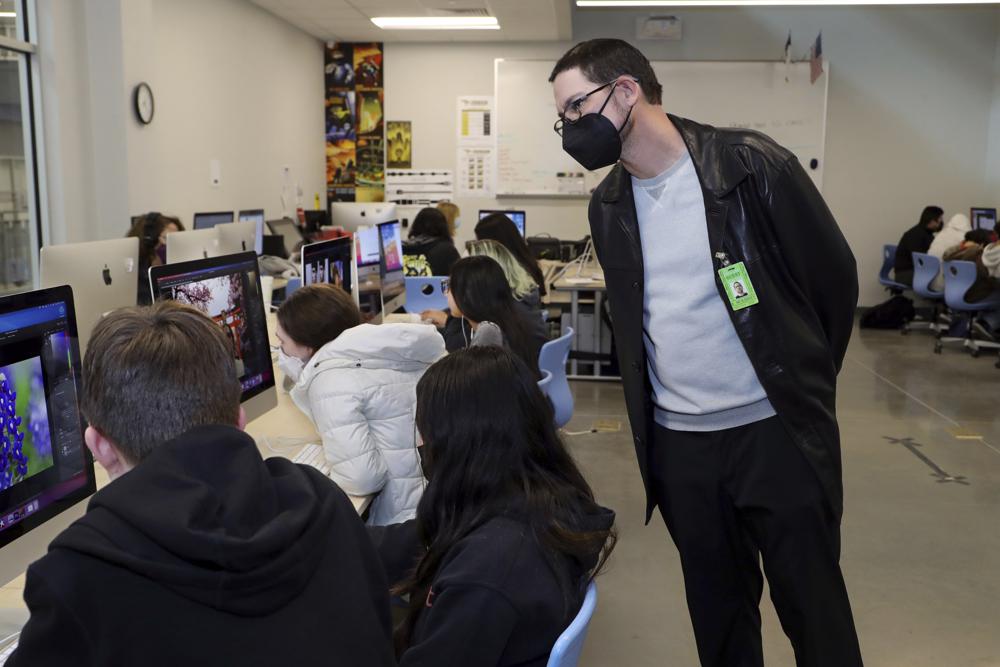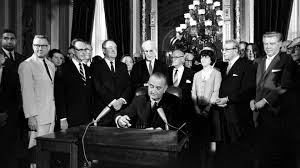
With teacher absences mounting and substitutes in short supply, parents may be wondering: Who’s teaching the kids?
The answer around the U.S. could be a local police officer, National Guard soldier, state budget analyst, parent or recent high school graduate — nearly anyone willing to help keep schools’ doors open through the omicron-driven staffing crunch.
States have been loosening teaching requirements to give schools more flexibility on hiring as coronavirus exposures, illness and quarantines add to strains on schools that also have been tapping librarians, custodians and support staff to help cover classrooms during the pandemic.
Brian McKinney, a parent with students in second and 10th grade in Hays County, Texas, spent part of this week as a substitute, helping sixth graders through a social studies assignment that had them writing essays about the Soviet Union. A former teacher, he decided he could help as he waited out a cold snap that has slowed business at the World War II-themed miniature golf course he and his wife now own.
“There was no down time today; I was heavily involved with the kids,” he said after school Tuesday.
The measures have kept schools from having to revert to the waves of remote learning that disrupted homes and left many students behind earlier in the pandemic. Supporters say it’s better to have students in school, where they are supervised and have access to food and services, even if the solutions fall short academically.
Still, the lowering of the bar for teachers raises some concerns about whether schools are just treading water. In some cases when possible, virtual school taught by students’ regular teachers could be a better alternative, said Richard Ingersoll, an expert on the teaching profession at the University of Pennsylvania.
“Remote sometimes might be much more preferable to getting some substitute in there who’s basically babysitting,” he said.
Governors have been issuing executive orders to make more people eligible to work in schools. In states including California, Connecticut, New Jersey and Pennsylvania, governors have taken action to give schools more flexibility to bring back retired teachers for short-term assignments.
Oklahoma Gov. Kevin Stitt and Utah Gov. Spencer Cox have made it possible for schools to dip into the states’ workforces.
Cox’s executive order allows state workers, including budget analysts, social workers and highway patrol officers, to take up to 30 hours of administrative leave to work as substitute teachers or in other school jobs. Oklahoma’s initiative lets state workers volunteer as substitute teachers and continue to receive their state salary.
“We know that kids learn best in the classroom, so we want to do what we can to help schools stay open. Our teachers and our children deserve our support during this difficult phase of the pandemic,” Cox said in a statement.




